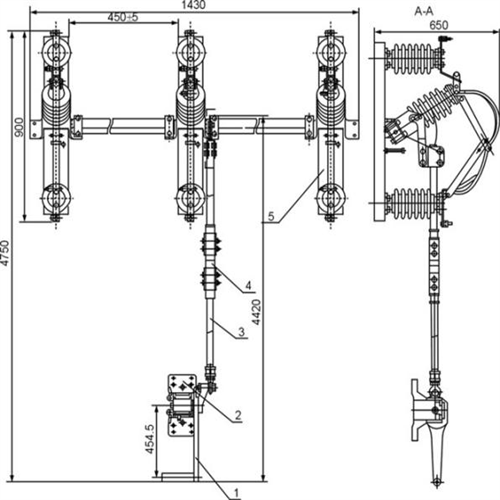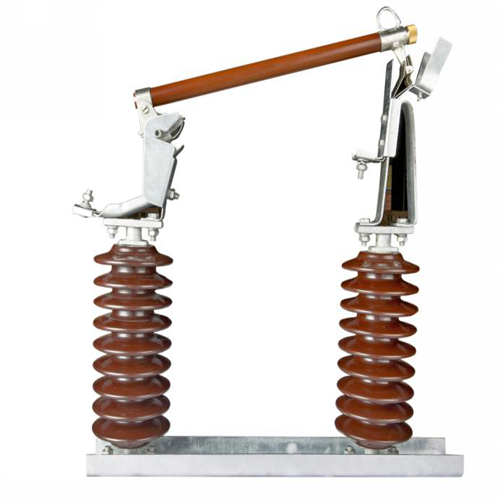(1) Flight control system
According to the "2016-2020 China UAV Industry In-Depth Survey and Investment Prospects Forecast Report", the flight control subsystem is the core system for the entire flight process of the UAV to complete take-off, air flight, mission execution and return-to-field recovery. Controlling the drone is equivalent to the driver's role in manned aircraft, we believe that it is one of the core technologies of the drone. The flight control generally includes three parts: the sensor, the onboard computer and the servo actuating device. The functions realized mainly include the three types of unmanned aircraft attitude stabilization and control, drone mission equipment management and emergency control.
Among them, the various sensors assembled in the fuselage (including angular rate, attitude, position, acceleration, altitude and airspeed) are the basis of the flight control system, and are the key to ensure the accuracy of aircraft control. Under different flight environments and different uses. The drone's configuration requirements for the sensor are also different. In the future, the demand for UAV situational awareness, the identification of enemy and enemy on the battlefield, and the ability of diplomatic defense in the defense zone require UAV sensors to have higher detection accuracy and higher resolution. Therefore, a large number of UAV sensors have been widely used. New technologies such as hyperspectral imaging, synthetic aperture radar, and ultra-high frequency penetration.
(two) navigation system
The navigation system provides the position, speed, and flight attitude of the reference coordinate system to the drone, and guides the drone to fly according to the designated route, which is equivalent to the navigator in the man-machine system. The unmanned airborne navigation system is mainly divided into two types: non-autonomous (GPS, etc.) and autonomous (inertial guidance), but each has the disadvantage of being susceptible to interference and increased error accumulation, and the development of future drones requires obstacle avoidance, materials or The functions of weapon placement, automatic approach landing, etc. require high precision, high reliability, and high anti-interference performance. Therefore, the combination of multiple navigation technologies, "inertia + multi-sensor + GPS + photoelectric navigation system" will be the future development direction.
(3) Power system
Different types of UAVs have different requirements for power units, but they all hope that the engine is small in size, low in cost, and reliable in operation:
1. The power unit widely used by drones is a piston engine, but the piston type is only suitable for low-speed low-altitude small drones;
2. For single-use target machines, suicide drones or missiles, the thrust-to-weight ratio is required but the life can be short (1-2h), and the turbojet engine is generally used;
3. Low-altitude unmanned helicopters generally use turbo-shaft engines. Large-scale unmanned aerial vehicles with long-haul altitudes generally use turbofan engines (US Global Eagle weighs 12t);
4. Consumer-grade micro-UAVs (multi-rotor) generally use battery-driven motors with a take-off mass of less than 100 grams and a battery life of less than one hour.
Looking forward, we believe that as the turbine engine push-to-weight ratio, life expectancy and fuel consumption decrease, the turbine will replace the piston as the main power model of the drone. New energy motors such as solar energy and hydrogen energy are also expected to be provided for small drones. More lasting viability.
(4) Data link
According to the "2016-2020 China's drone industry in-depth research and investment prospects report", the data link transmission system is an important technical component of the drone, responsible for the remote control, telemetry, tracking and sensor transmission of the UAV. The uplink data link implements telemetry and data transmission functions for the UAV remote control and downlink data link. Ordinary drones mostly use custom line-of-sight data links, while mid-high-altitude and long-haul drones use line-of-sight and over-the-horizon data links.
The development of modern data link technology promotes the development of the UAV data link in the direction of high speed, broadband, confidentiality and anti-interference, and the practical ability of drones will become stronger and stronger. Looking forward, as the airborne sensors, the fineness of positioning, and the complexity of performing tasks continue to rise, there is a strong demand for data link loans. In the future, with the rapid advancement of airborne high-speed processors, it is expected that after several years. The transmission rate of the existing RF data link will double, and laser communication methods may appear in the future where the requirements are low in all weather.
From the development strategy of the UAV communication network developed by the United States, the data link system is being transferred from the initial IP-based transmission, multi-machine interconnection network, to the satellite network, and finally the complete global information grid (GIG) configuration transition. To provide authorized users with seamless global information resource interaction capabilities, supporting both fixed and mobile users.
Gang Insulator Isolator Switch isolate swith is an important part of the process of erecting transmission lines. It effectively separates the live conductor from the ground and holds the wire in its own position. The isolator switch can operate continuously in the tropics at an altitude of 1000 meters, humidity of up to 90%, Suitable Temperature is minimum of 30℃ to maximum 40℃. (3 Phase Isolator Switch,13 Amp Isolator Switch)
Advantage:
1. Strong aging resistance2. Long service life
3. Reasonable price
4. Nice Appearance
5. No conductivity dust
6. No insulation object with devastating metal and corrosive gas
7. No violent vibration and striking.
8. No explosive danger and fire
| MAIN DIMENSIONS AND STANDARD PARTICULARS | ||
| Type | RH-B-11KV-400A | RH-B-33KV-600A |
| Rated Voltage,KV | 11 | 33 |
| Rated Current,A | 400 | 600 |
| 4S Heat Steady e.c.A | 12500 | 12500 |
| Shock Voltage,A | 31500 | 31500 |
| Impulse Withstand Voltage to Earth,KV | 75 | 170 |
| Impulse Withstand Voltage Across the Isolating distance,KV | 95 | 195 |
| Power Frequency Withstand Voltage to Earth,KV | 38 | 70 |
| Power Frequency Withstand Voltage Across the Isolating distance,KV | 42 | 80 |



We warmly welcome friends both domestic and abroad to visit our company, if you have any questions, please contact with us directly.
Gang Insulator Isolator Switch
Isolator Switch,3 Phase Isolator Switch,13 Amp Isolator Switch,Gang Insulator Isolator Switch
FUZHOU SINGREE IMP.& EXP.CO.,LTD. , https://www.cninsulators.com